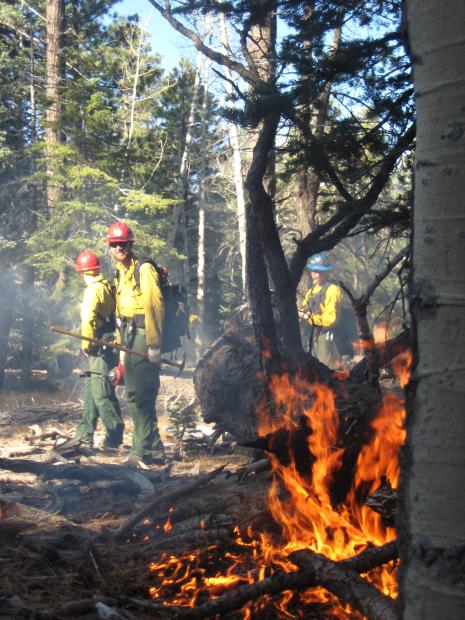FDNY Incident Management Team deploys to Buffalo, NY
The New York City Fire Department’s Incident Management Team has deployed to Buffalo, New York to assist in the organization and management of snow removal efforts following this week’s record snowfall. Friday morning at 5:45 the team departed from the Randalls Island Fire Academy after being requested by the New York State Division of Homeland Security and in coordination with the New York City Office of Emergency Management.
The FDNY saw the benefits of an IMT when they received help from Type 1 interagency IMTs after the attack on the World Trade Center in 2001. Soon thereafter they began training personnel to fill the positions for a team. Since then, the FDNY IMT has responded to multiple national emergencies including forest fires; to New Orleans following Hurricane Katrina; in Broome County, NY following Hurricane Irene and in New York after Hurricane Sandy.
Leaf burning leads to felony charge
A 74-year old man was charged with a felony after his leaf burning caused a wildfire north of Allentown, Pennsylvania on November 4. A police officer used a fire extinguisher to keep the fire, which had spread to within eight feet of a neighbor’s garage, from burning the structure.
“[Dale] Schaeffer failed to call the police or fire department, and continued to let the fire burn out of control in a reckless and dangerous manner,” the officer wrote in his affidavit of probable cause.
Mr. Schaeffer was arraigned Thursday before District Judge Robert Hawke on a felony charge of reckless burning and summary dangerous burning.
Grass fires occurring in Oklahoma
Cured grasses in Oklahoma are providing fuel for an increased number of wildfires in the state.
Brush fire at nudist resort
Firefighters suppressed a wildfire at the Sunny Rest Lodge on Thursday, in Carbon County, Pennsylvania.
Country Fire Service to cease aerial firefighting if a drone is spotted
State aviation operations manager David Pearce said South Australia’s Country Fire Service will cease all aerial operations at bushfires if an unmanned aerial vehicle (UAV) is spotted in the area.
“Helicopters are particularly susceptible,” Mr Pearce said.
“If the drone is sucked into the intake of the jet engines, or goes into the tail rotor, then it’s probably curtains for the helicopter.”
Gyrocopter crash kills pilot, starts fire
The crash of a gyrocopter near Gatton in Queensland, Australia killed the pilot and started a bushfire on Friday.
Queensland helicopters to go high tech

From itnews:
The Queensland (Australia) Government has invested $1 million to install screen sharing technology in its Kedron emergency services hub as well as five helicopter bases across the state.
The new kit – based on Cruiser Interactive technology – will allow Queensland Government Air (QGAir) teams across the six sites to share the same view of incoming data and emergency monitoring, and to switch between different screen views with a flick of the wrist.
Interactive screens have been set up in the co-ordination sites, onto which information from phones, tablets and PCs can be displayed.
Aero-Flite moving to Spokane
The company that operates Avro RJ-85 air tankers is moving from Kingman, Arizona to the airport at Spokane, Washington. Aero-Flite announced Thursday that it is moving its corporate headquarters and air tanker fleet to Spokane International Airport.
More information about Aero-Flite’s move is at Fire Aviation.






